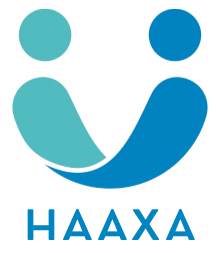The debate between online and traditional education has intensified over the past decade, especially following the global shift to remote learning during the COVID-19 pandemic. Both learning methods have their advantages and challenges, leading to varying student preferences. While some learners thrive in the flexibility of online classes, others feel more comfortable in the structured environment of a traditional classroom. Understanding these preferences can help educators and institutions create more effective student learning experiences.
The Case for Online Education
Online education offers flexibility that traditional learning simply cannot match. Students can attend classes from anywhere globally, making higher education accessible to those living in remote areas or juggling work and family commitments. This flexibility allows learners to study independently, reviewing lessons as often as needed.
Moreover, online education provides access to a wide range of courses and programs, some of which may not be available locally. From specialized certifications to degree programs from prestigious institutions, students have many options at their fingertips. Using multimedia tools, interactive simulations, and virtual collaboration platforms can also enhance the online learning experience, appealing to tech-savvy students.
However, online learning comes with challenges. Many students struggle with self-discipline and time management when studying in a less structured environment. Additionally, the lack of face-to-face interaction with teachers and peers can leave some students feeling isolated or disconnected. Technical issues, such as unreliable internet access or inadequate devices, can further hinder the learning experience.
The Case for Traditional Education
For generations, traditional classroom learning has been the norm. In this setting, students benefit from direct interaction with teachers, instant feedback, and the social aspect of collaborating with classmates. Many students find this environment more conducive to learning because it provides structure, routine, and fewer distractions than studying from home.
Traditional education also encourages spontaneous discussions, hands-on activities, and real-time problem-solving, which some students find more engaging than online learning. Furthermore, being physically present often enhances understanding and retention for subjects that require laboratory work, field trips, or group projects.
On the downside, traditional education is less flexible than online learning. Students must adhere to fixed schedules and may face difficulties balancing classes with part-time jobs, family obligations, or personal responsibilities. Commuting to campus can also add stress and expenses, especially for students far from educational institutions.
What Do Students Prefer?
Student preferences often depend on their circumstances, learning styles, and personalities. Surveys show that younger students and those who thrive on social interaction tend to prefer traditional education, while older students, working professionals, and those seeking flexibility lean toward online learning.
Many students now favor a hybrid model, which combines the best aspects of both worlds. Hybrid learning allows students to attend some classes in person while completing other coursework online, offering flexibility and valuable in-person engagement.
Conclusion
There is no one-size-fits-all answer to whether online or traditional education is better. The ideal learning format varies from student to student. As technology continues to advance and educational institutions adapt to changing student needs, the future of education will likely involve blending online and traditional methods, offering learners a more personalized and balanced approach to education.



